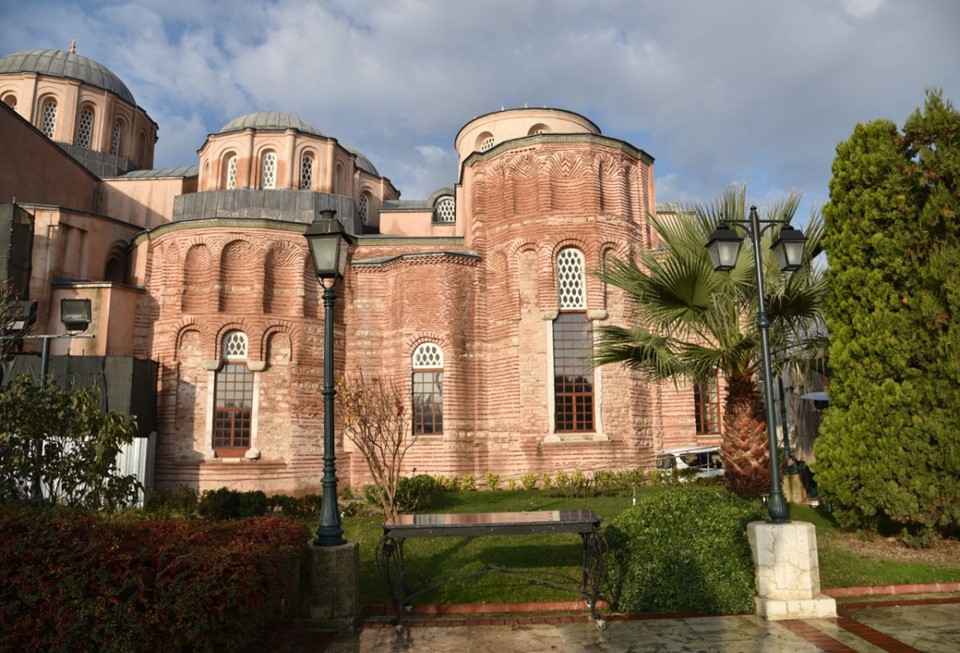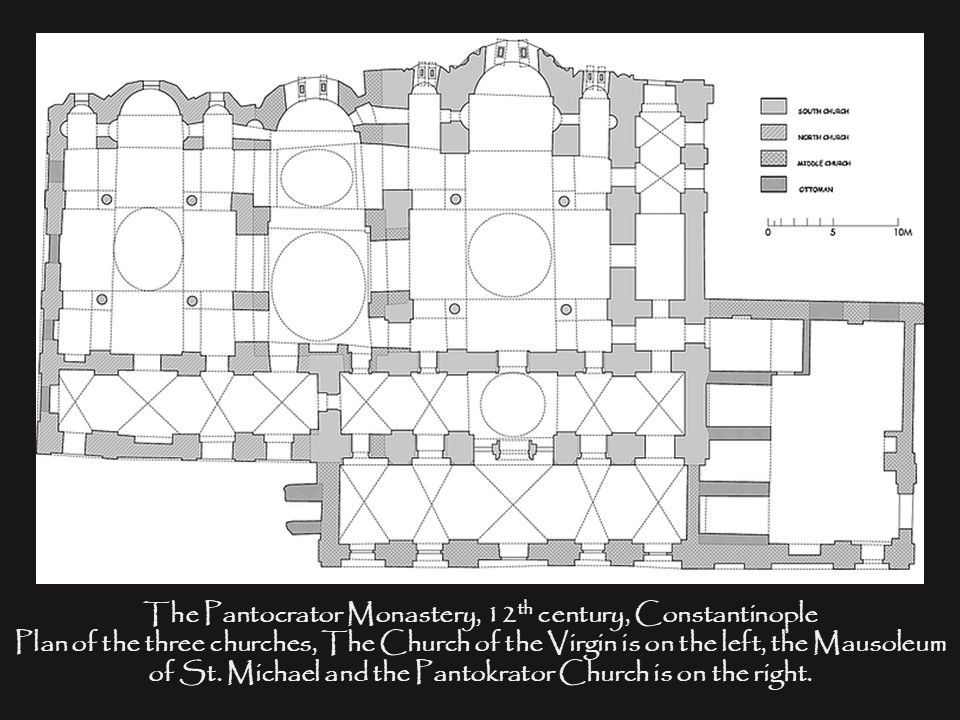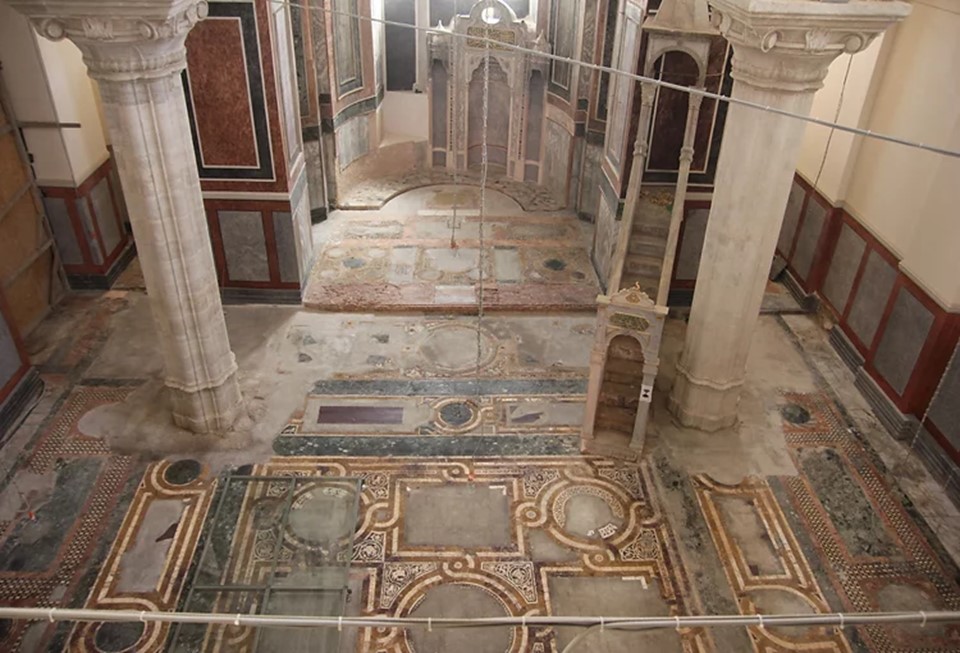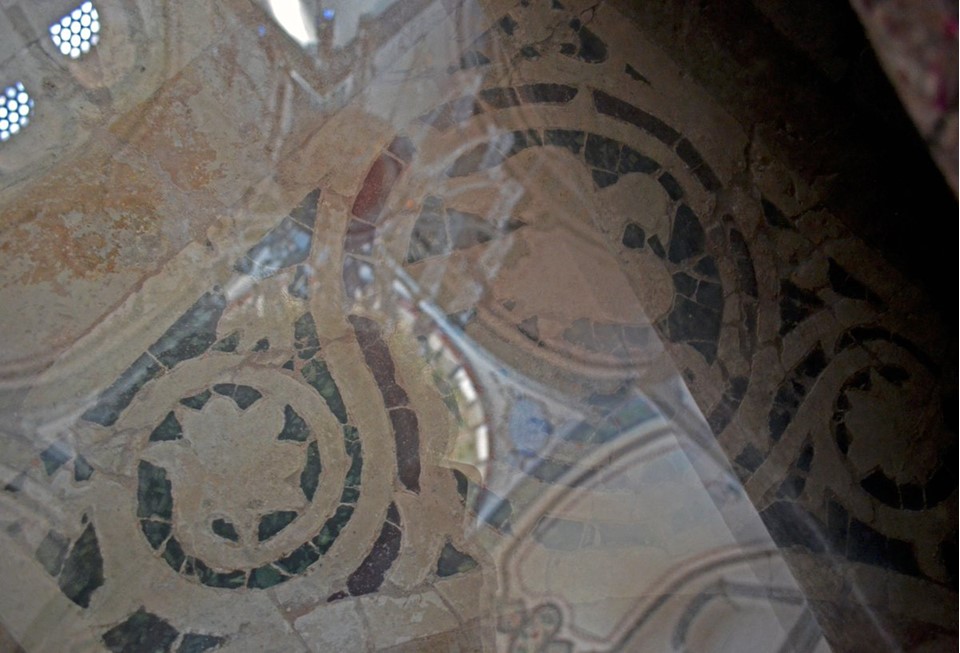
Imperial Church of the Komnenian Dynasty
Şeyh Süleyman Mescidi of Istanbul
“The most important imperial foundation from the Komnene age is the Monastery of Pantokrator, which continues to this day to impress both the scholar and the casual visitor. It is as clear to those who visit its three churches, which despite repeated devastation still inspire admiration for the perfection of their construction and the elegance of their decoration, as to those who read its Typicon that John II Komnenos and his empress Eirene spared no cost to erect a splendid monastery complex, which absorbed a number of smaller foundations, mainly in the environs of Constantinople, and to make generous provision for its upkeep and operation…” writes Sofia Kotzabassi in her preface for the 2013 Volume on The Pantokrator Monastery in Constantinople. I couldn’t agree more! https://www.academia.edu/32217856/The_Icon_of_the_Three_Holy_Hierarchs_at_the_Pantokrator_Monastery_and_the_Epigrams_of_Theodore_Prodromos_on_Them
Overlooking the Golden Horn, built on the slopes of the 4th Hill of Constantinople and in the company of such great buildings like the Church of the Holy Apostles and the Aqueduct of Valens, the monastic complex of Pantokrator with its churches, library and hospital, stood formidable and impressive. What an amazing structure… Founded by the Byzantine Emperor Ioannes II Komnenos (1118-1143) and his Hungarian princess-wife Eirene, and built between 1118 and 1137, the Pantokrator Monastery served in various ways the Orthodox Byzantines, the Catholic Venetians during the Latin rule of Constantinople, and since 1491?, converted into a Mosque, it still serves the Moslem Turks, known today as Şeyh Süleyman Mescidi.
The Typikon of the Monastery of Pantokrator (Christ the Almighty), a key document that still survives, helps us understand the importance of the monastic complex, its role in the city’s milieu, and the rites followed by its residents. Reading it, we learned that the Monastery “housed 80 monks, of whom 50 were choir brothers. The monastic complex included a 50-bed hospital with a medical school and a gerokomeion (old-age home) for 24 elderly men.” In addition, the Monastery served a leprosarium constructed at some distance from the main complex. The Monastery of Pantokrator consists of three churches: the South Church, the North Church, and the Middle Church or the “Heroon.” The South Church dedicated to Christ the Pantocrator is the oldest and the largest of the three. This POST will focus on the Pantokrator Church, its architecture and amazing decoration. A second POST, coming up soon, will discuss the “Heroon” and its connection to the Venetian Pala d’Oro. https://www.thebyzantinelegacy.com/pantokrator-monastery

A characteristic example of late-12th century architecture, the South Church dedicated to Christ the Pantokrator served as the Katholikon (main church) of the monastic complex. It is the largest cross-in-square church in Constantinople, with a central dome originally supported by four columns of red marble, probably spolia (replaced with piers by the Ottomans), a tripartite bema (triple apse), and a narthex. “The dome is supported by a sixteen-sided drum, each side was pierced by a window. The side aisles had galleries, from which only the southern survived. The narthex, which projects to either side, also had a gallery. It was covered with five groin-vaults, the middle one of which was later altered to a dome. At the same time, the exonarthex was added. The prothesis and the diakonikon are simple square rooms, each with a projecting apse.” http://constantinople.ehw.gr/Forms/fLemmaBodyExtended.aspx?lemmaID=11770
The Church was beautifully decorated… sparing no expense. What remains is just a glimpse of its original splendor…

Opus Sectile Floor
Wall revetments of yellow, white, porphyry and verd antique marbles decorated the entire church. Stained glass windows, a medium we associate mostly with Western Medieval Art, covered the windows of the Church presenting geometric patterns and full figures. Was that enough of a decoration? NO! The emperors of the Komnenian dynasty and their spouses were such generous donors, the Church was filled with icons and artefacts in gold and enamels, manuscripts and embroidered silk vestments. As for the upper part of the church walls, they were covered with precious and shining mosaics. Finally, the brilliant Opus Sectile floor decoration which included scenes of hunting, bucolic interludes, mythological creatures, but also a disk with the zodiac cycle and aspects from the story of Samson… Can you imagine its beauty, eight hundred years ago…

Interesting to Read: Notes on Recent Work of the Byzantine Institute in Istanbul by Arthur H. S. Megaw, from Dumbarton Oaks Papers, Vol. 17 (1963), pp. 333-371 Published by: Dumbarton Oaks, Trustees for Harvard University.
For a Student Activity, please… check HERE!